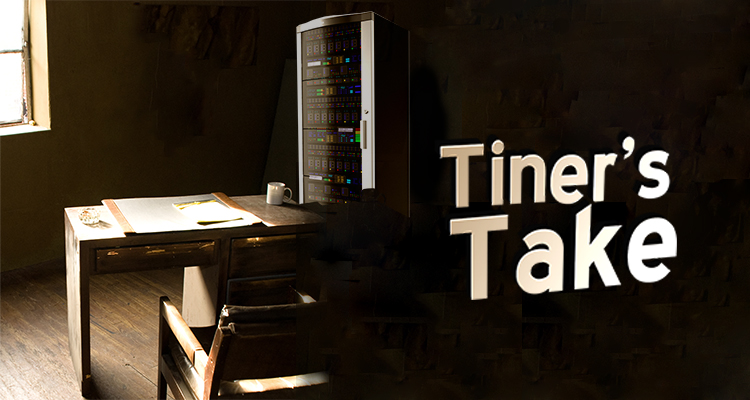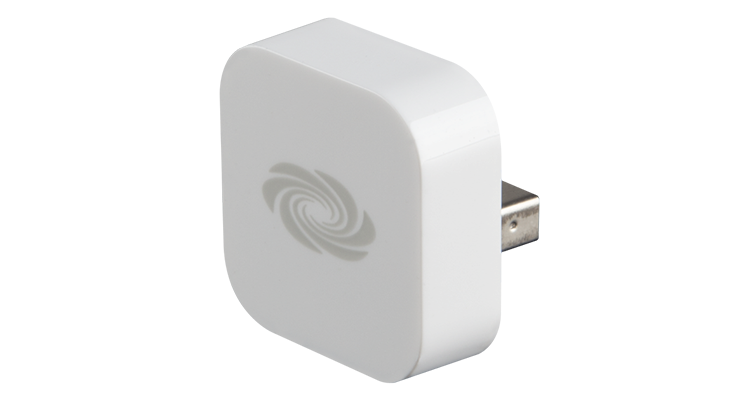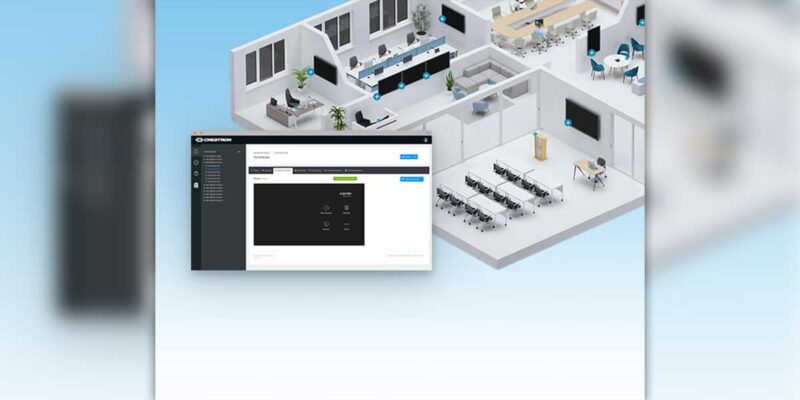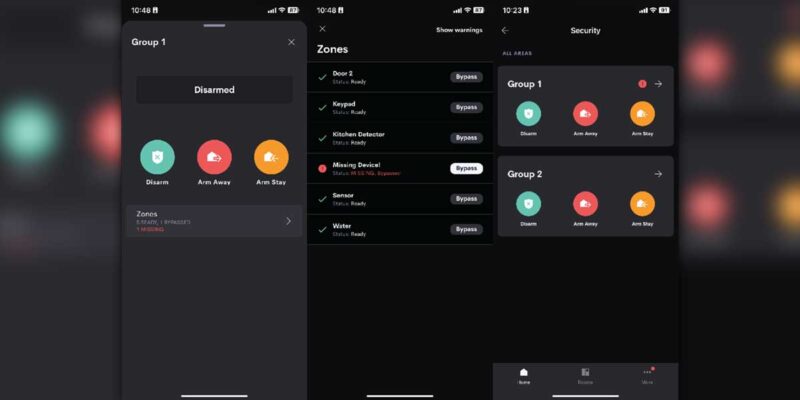Getting Close
 This month, I take a quick break from writing about ITIL. Why? Well, it is June and in the AV world that means InfoComm. We all know that InfoComm is the closest that all of us AV people get to a national holiday. I won’t be in Vegas this year but will be watching intently from afar. One thing I am watching of course, is the weather. Yikes, over 100 degrees, a relaxing week in Maine may be better. Instead, I will watch rAVe coverage and learn more than if I attended in person.
This month, I take a quick break from writing about ITIL. Why? Well, it is June and in the AV world that means InfoComm. We all know that InfoComm is the closest that all of us AV people get to a national holiday. I won’t be in Vegas this year but will be watching intently from afar. One thing I am watching of course, is the weather. Yikes, over 100 degrees, a relaxing week in Maine may be better. Instead, I will watch rAVe coverage and learn more than if I attended in person.
 One thing I am watching very carefully for during this InfoComm is proximity detection and how it is beginning to affect AV. First, take a look at the PP-100, the PinPoint Proximity Detection unit from Crestron. This is a small Bluetooth unit that plugs into any outlet in the rooms in your house. As you move through the house, the controls on your iPhone or iPad automatically change to fit that particular space. Even better than that, you can program controls to automatically trigger as you walk through spaces. If you are in the kitchen and listening to music, that music can follow you in the living room as you enter that space. Not only is this cool, it is also green. I can not tell you how many times I need to go through my house and turn off televisions, lights and fans. If the house was programmed to be controlled by the iPhones in the house we could save energy. Everyone in the family has an iPhone and those phones never leave the sides of people in my family. I remember years ago Bill Gates talking about a house that responds to you as you walk through it. This was prior to smartphones, and it was recommended that we would all wear pins that would recognize us. Today, we realize that we already have a device with us at all times that can identify us and allow our environment to adapt to our presence.
One thing I am watching very carefully for during this InfoComm is proximity detection and how it is beginning to affect AV. First, take a look at the PP-100, the PinPoint Proximity Detection unit from Crestron. This is a small Bluetooth unit that plugs into any outlet in the rooms in your house. As you move through the house, the controls on your iPhone or iPad automatically change to fit that particular space. Even better than that, you can program controls to automatically trigger as you walk through spaces. If you are in the kitchen and listening to music, that music can follow you in the living room as you enter that space. Not only is this cool, it is also green. I can not tell you how many times I need to go through my house and turn off televisions, lights and fans. If the house was programmed to be controlled by the iPhones in the house we could save energy. Everyone in the family has an iPhone and those phones never leave the sides of people in my family. I remember years ago Bill Gates talking about a house that responds to you as you walk through it. This was prior to smartphones, and it was recommended that we would all wear pins that would recognize us. Today, we realize that we already have a device with us at all times that can identify us and allow our environment to adapt to our presence.
How does this apply to education? Faculty, staff and students all have devices with them as well. At our school the large majority of these devices are iOS devices. Have you ever thought about programming a room for a certain individual? Having a unique touchpanel layout for each faculty member so they only had exactly what they wanted? Logically, that is very difficult to do on a touchpanel, because first the faculty will need to navigate to “their” page. However, putting the proximity detection to use and suddenly they may not even need the touchpanel. The class capture can start recording automatically when the faculty member enters the room. The lights can go to their favorite settings and the projector can turn on and choose their favorite source. Some of this may seem a little far fetched and future based. However, I predict that within five years many of us will be nostalgic about the times that we used to have to turn on lights and equipment with a touchpanel when we entered a room.
Proximity detection has also become a part of the IT world. The wireless system we use at Bates detects which AP you are closest to and allows you to see devices based on that. This will become most applicable with devices like the Kramer VIA and Apple TVs. One large problem with these devices has been the list of open devices on a network and knowing which one to choose. Likely, if you have many on your campus you need to decode the algorithm used to name the devices. However, with proximity detection you only see the ones that are directly around you.
As you walk around the show floor, think about proximity detection. How much information is that device in your pocket able to share about your preferences? What other technologies may benefit from knowing your location and customizing the environment to you? Oh, and of course, get out, network and and enjoy the national holiday!





